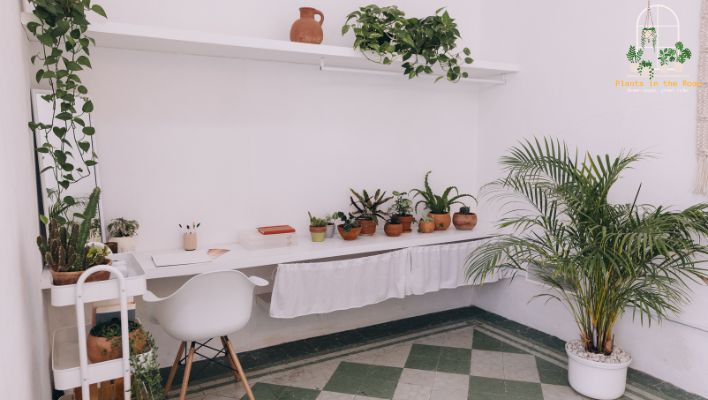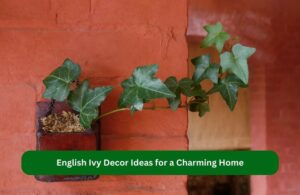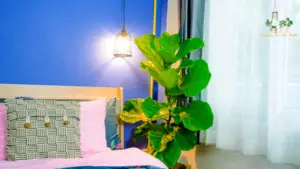This article covers the following areas –
- Choosing Your Plants
- Placement of Plants
- Minimalist Plant Decor Ideas
- Caring for Your Plants
- In Conclusion
Decorating your home with indoor plants makes your space more appealing and promotes a healthier environment. Plants improve air quality, decrease stress levels, and enhance your mood. In this post, I’ll provide a complete guide to minimalist indoor plant home decor.
Minimalist indoor plant home decor ideas incorporate plants into a sleek design through careful selection of plant type, size, and shape, along with strategic placement. Modern planters and shelf arrangements are utilized for style and functionality.
For a deeper exploration of these ideas and tips on achieving a minimalist aesthetic with indoor plants, continue reading. The guide covers various low-maintenance plant options, placement strategies, practical decor ideas, and essential plant care tips to ensure the longevity and health of your indoor greenery.
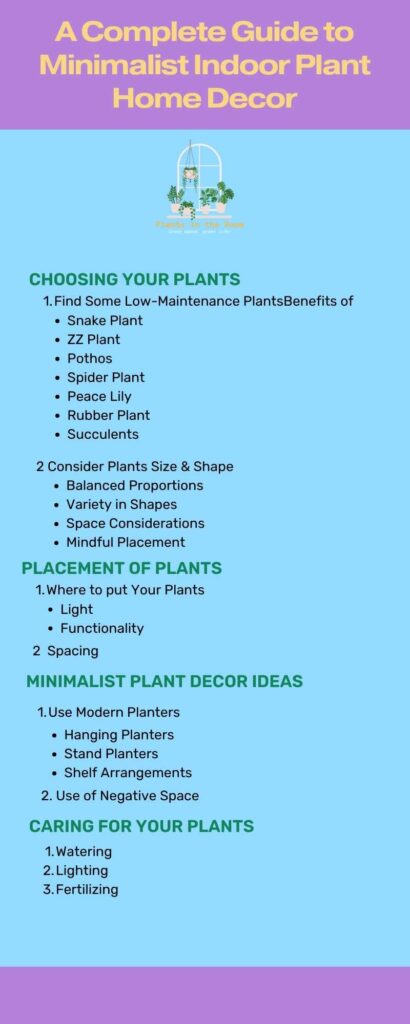
Choosing Your Plants
The plant selection process is paramount when it comes to minimalist indoor plant decor. The key lies in choosing plants that effortlessly complement your living space while promoting a calm, serene environment. The correct mix of plants can profoundly impact your home, improving air quality and even enhancing your mental well-being.
While a minimalistic approach may seem simplistic, it requires careful thought and planning to ensure that the chosen plants beautify the space and seamlessly fit into your lifestyle. Two major factors to consider while selecting your plants are their maintenance levels and their physical characteristics, such as size and shape.
Find Some Low-Maintenance Plants
Opting for plants that don’t require excessive care is advisable for a minimalist home decor approach. This is in line with the ethos of minimalism, which champions simplicity, practicality, and functionality.
These plants need to be adaptable to indoor conditions, can thrive in varying light conditions, and do not require daily watering or feeding. This way, they add beauty to your space without adding stress to your routine. Let’s look at some plant species that fit this bill perfectly.
1. Snake Plant

Snake Plants, scientifically known as Sansevieria, are extremely hardy, making them perfect for beginners. They have tall, upright leaves with striking patterns that add a touch of greenery without demanding much of your time.
These plants can survive under low light conditions and are not fussy about their watering schedule. In fact, they prefer to be kept on the dry side, making them perfect for those who are often away from home or tend to forget to water their plants.
2. ZZ Plant
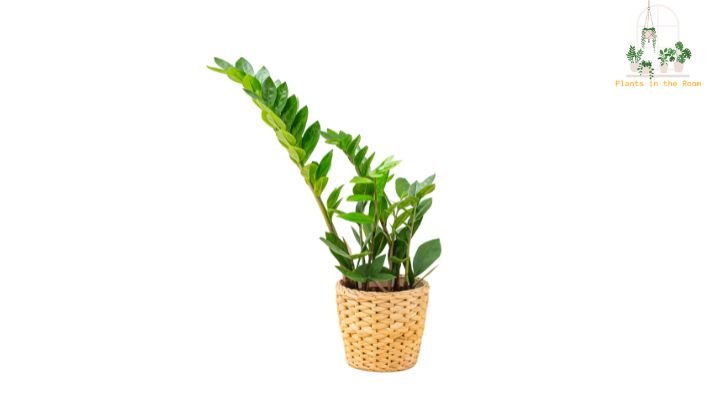
Zamioculcas Zamiifolia, popularly known as the ZZ plant, is another low-maintenance indoor plant that thrives in minimalist decor. This plant has a unique look with its glossy, plump leaves that arch gracefully from its stems. The ZZ plant can comfortably grow in low to medium light and requires watering only when the soil is completely dry.
3. Pothos
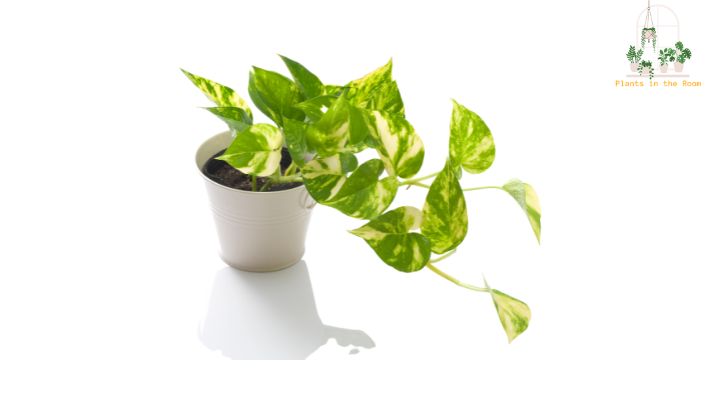
Epipremnum aureum, commonly known as Pothos or Devil’s Ivy, is a versatile and hardy vine plant. Known for its heart-shaped leaves and trailing stems, it can thrive in a variety of indoor conditions, making it a great addition to your minimalist decor. Its ability to purify indoor air by removing toxins is an added benefit.
4. Spider Plant

The Spider Plant, or Chlorophytum comosum, is known for its unique appearance with arching foliage that gives it a resemblance to spiders. They are resilient, adapt well to a wide range of conditions, and are excellent air purifiers. The Spider Plant can handle occasional overwatering and is not very demanding in terms of light, making it another excellent option for beginners.
5. Peace Lily

The Peace Lily (Spathiphyllum) is a popular houseplant that adds a touch of elegance with its glossy leaves and stunning white flowers. This plant is a beautiful addition to your space and is recognized for its impressive air-purifying qualities. The Peace Lily is fairly forgiving and can tolerate low to medium light. However, it prefers to be kept away from drafts and sudden temperature changes.
6. Rubber Plant
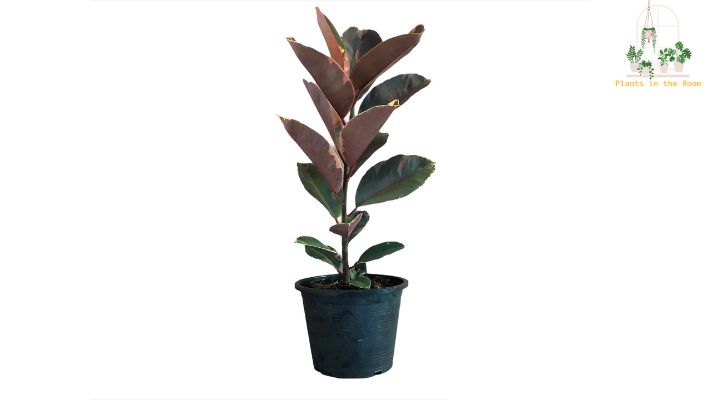
The Rubber Plant, Ficus elastica, has large, glossy, dark green leaves that can add a dramatic touch to any minimalist decor. This plant is fairly easy to care for, requiring bright, indirect light and infrequent watering. Plus, it’s an excellent air purifier!
7. Succulents
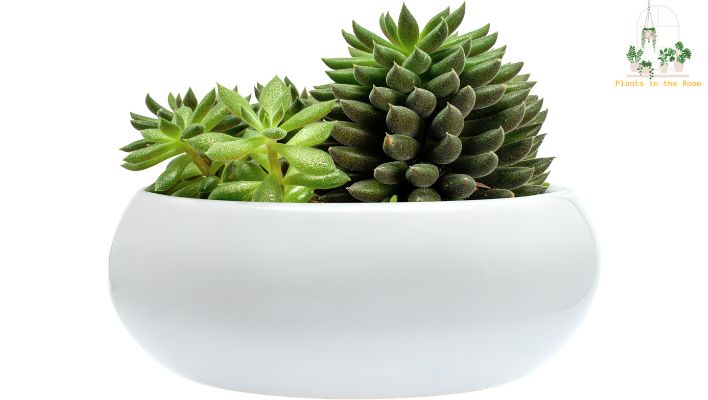
Succulents like Echeveria or Aloe Vera are perfect for a minimalist home due to their compact size and architectural shapes. They require minimal care, making them perfect for busy individuals. Most succulents prefer bright light and require watering only when their soil is completely dry.
Each of these plants can contribute to a minimalist aesthetic while also improving your indoor air quality and bringing a touch of nature into your home.
Consider Plants’ Size and Shape
Embracing the beauty of plants in your home goes beyond merely choosing the ones that are easy to care for. An integral part of the plant selection process is considering their size and shape. The plants’ physical characteristics can significantly influence their visual impact and how well they integrate with your minimalist decor.
In a minimalist approach, less is more. The focus is on creating a harmonious space that is clutter-free and simple yet not devoid of character or interest. Your plants’ sizes and shapes can contribute to or disrupt this harmony. This aspect of the process is not about filling all the corners of your room with greenery but choosing plants that complement the space and each other.
In this journey to create a minimalist indoor plant home decor, understanding how to balance the proportions of your plants, embracing variety, ensuring each plant has its own space, and being mindful of their placement is paramount. Let’s delve deeper into each of these aspects to assist you in making the best choices.
1. Balanced Proportions
The rule of balanced proportions is critical in minimalist decor. In the context of plants, this translates into balancing larger, statement plants with smaller ones. Large plants, such as the Rubber Plant or a tall Snake Plant, can serve as impressive focal points in a room, but they demand more space and dominate the view. Pairing these with smaller plants, like succulents or Spider Plants, can create a sense of balance.
2. Variety in Shapes
Introducing a variety of plant shapes can add dynamism to your decor without straying from the minimalist path. For instance, a Pothos or a Spider Plant’s trailing tendrils can beautifully offset the Snake Plant’s vertical lines.
Similarly, the rounded leaves of succulents or the wide foliage of a Peace Lily can contrast with the slender leaves of a ZZ plant. This juxtaposition can make your space more visually engaging.
3. Space Considerations
Just as every individual needs personal space, so does every plant. Plants need space to grow, breathe, and be admired. Overcrowding your plants goes against the minimalist principle and can also negatively impact plant health. Ensure each plant is given its rightful space, and resist the urge to fill every empty spot with greenery.
4. Mindful Placement
The choice of where to place your plants is equally important. The location should be chosen based on the plant’s light and space requirements but also from a design perspective. A large plant might look out of place on a small table, just as a tiny succulent might be lost in a large, open room.
Aim for proportionality and harmony when deciding plant placement. I’ll talk about the placement of plants in more detail in the next chapter.
Creating a minimalist plant decor requires you to make mindful decisions that marry aesthetics with functionality. By paying attention to the size and shape of your plants, you can curate a space that feels open, peaceful, and connected to nature.
Placement of Plants
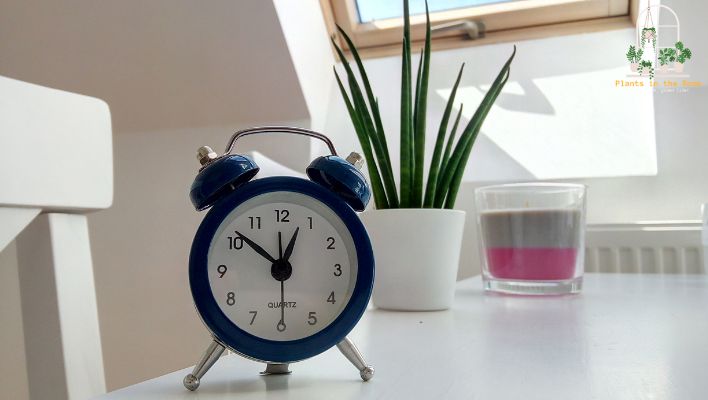
A crucial element in creating a minimalist indoor plant decor is the thoughtful placement of your plants. Where and how you position your indoor plants can significantly impact the aesthetic and mood of your home.
The placement is not merely about design or aesthetics; it is also intrinsically linked to the health and well-being of your plants. Every plant has its requirements for light, space, and humidity, which must be met for it to thrive.
However, in minimalist decor, there’s an additional layer to consider – maintaining the essence of simplicity and functionality without compromising the benefits that plants offer.
This section will delve into the details of where to put your plants, taking into account their needs as well as the overall aesthetic and how to maintain a sense of spaciousness in your minimalist decor.
Where to Put Your Plants
Selecting the right location for each plant in your home is fundamental to its health and your minimalist aesthetic. Plants need the right conditions to grow; each species has unique light and humidity preferences. Furthermore, their placement should contribute to the functionality of your decor.
1. Light
One of the most important factors for plant health is light. Each plant has its own light requirements; meeting them can be the difference between a thriving plant and a struggling one. For instance, while Snake Plants and ZZ plants are adaptable to low light conditions, Pothos prefer a medium to high indirect light setting.
Make sure to understand each plant’s light needs and place them accordingly. A room’s natural light can be beautifully complemented by the addition of plants, enhancing the minimalistic aesthetic you aim for.
2. Functionality
Another essential aspect of plant placement is functionality. Minimalism places a high value on practicality. Hence, placing your plants where they offer the most benefits aligns with this philosophy. Some plants have air-purifying qualities, while others can have mood-enhancing effects.
For example, placing a Snake Plant in your bedroom can improve the air quality as it emits oxygen at night. Similarly, having a ZZ plant in your workspace can add a calming effect, boosting your mood and productivity.
Spacing
In minimalist decor, maintaining a sense of spaciousness is key. It’s about appreciating each piece in your home without feeling overwhelmed. With plants, this means resisting the temptation to overfill your space. Each plant should have its space to grow and be appreciated. Rather than clustering many small plants together, choose a few statement plants and give them room to shine. This will help create a relaxed, uncluttered feel in line with minimalist principles.
By carefully considering where and how to place your plants, you can create a minimalist indoor plant decor that balances aesthetics, functionality, and the needs of your plants. The result will be a peaceful and inviting home environment that is full of life.
Minimalist Plant Decor Ideas
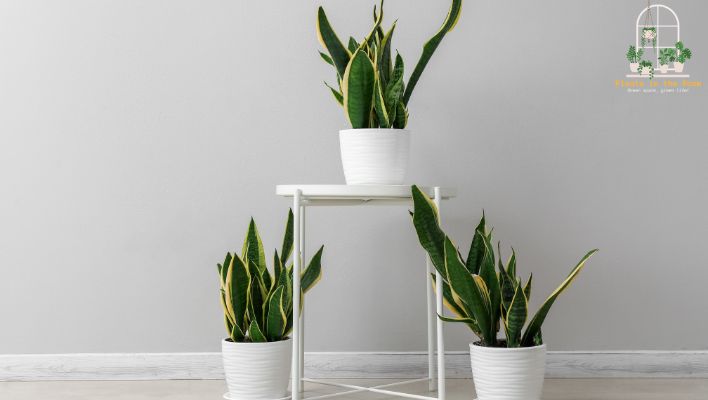
Integrating plants into a minimalist decor involves more than just choosing the right plants and placing them in your space. Careful consideration should be given to how these plants are displayed and how they interact with the rest of your decor to achieve a truly minimalist aesthetic. Your choice of planters, the way you arrange plants on your shelves, and your use of negative space all play significant roles in shaping the minimalist environment.
From selecting modern planters to creating balanced shelf arrangements and embracing the concept of negative space, this section will explore some practical and creative ways to accentuate your minimalist decor with indoor plants.
Use Modern Planters
Planters offer a fantastic opportunity to enhance your minimalist aesthetic. Modern planters, with their clean lines and neutral colors, can serve as the perfect canvas for indoor plants, allowing them to take center stage.
1. Hanging Planters
Hanging planters can add a unique design element to your rooms while saving valuable floor space. They are particularly effective with trailing plants like Pothos, which can create a lush cascade of greenery from above. For a minimalist look, choose hanging planters in simple shapes and neutral colors like white, gray, or beige.
2. Stand Planters
Stand planters are excellent for displaying larger plants such as Snake plants or ZZ plants. They elevate the plant off the ground, drawing the eye upward and creating a sense of height and space. A well-chosen stand planter can act as a statement piece in your living room or bedroom, contributing to the overall minimalist aesthetic while providing a stylish home for your plant.
3. Shelf Arrangements
Shelves are another great way to display your plants without cluttering your living space. You can create a lush green corner with just a few well-placed plants on a shelf. When arranging your plants, strive for a balanced and cohesive look that allows each plant to stand out. Avoid overloading your shelves – remember, in minimalist decor, less is more.
4. Use of Negative Space
In minimalist design, the use of negative space – or the empty space around and between objects – is just as important as the objects themselves. This principle can be extended to your plant decor. Leaving ample empty space around each plant allows it to be fully appreciated and creates a sense of calm and serenity. Rather than cramming multiple plants into a tight space, give each plant room to breathe.
By incorporating these ideas into your decor, you can create a minimalist environment that celebrates both the beauty of simplicity and the vibrant life of indoor plants. It’s all about striking the right balance between form and function, fullness and emptiness, and nature and design.
Caring for Your Plants

As you integrate plants into your minimalist home decor, it’s important to remember that these beautiful additions are living organisms that require care to thrive. Although minimalist decor focuses on simplicity, the care for your plants cannot be oversimplified.
Even the most low-maintenance plants need the right amount of water, sufficient light, and occasional fertilization to flourish and continue enhancing your space.
While each plant species has unique requirements, you can follow some general guidelines to ensure your green friends stay healthy. This section provides insights into watering, lighting, and fertilizing – three key aspects of plant care that can affect the health and appearance of your indoor plants.
Watering
Watering is an essential part of plant care, but it can be a tricky balance to strike. Overwatering is a common mistake among plant owners, leading to root rot and other plant diseases. At the same time, underwatering can cause plants to wilt and dry out. The frequency and amount of watering required depend on the type of plant and its environment.
For instance, Snake Plants and ZZ plants prefer to be kept on the dry side and need watering only when their soil is completely dry. On the other hand, Pothos prefer consistently moist but not waterlogged soil.
Moreover, the watering schedule may change with the seasons, requiring more frequent watering in hotter months and less in cooler periods. The key is to understand the specific needs of each plant and adjust your watering practices accordingly.
Lighting
Lighting is another crucial factor in plant health. Some plants need plenty of bright but indirect light, while others can thrive in low-light conditions. Both insufficient and excess light can harm plants, leading to problems like yellowing leaves or stunted growth.
For instance, Snake Plants and ZZ Plants can tolerate low light, but they will grow more robustly in brighter conditions. Conversely, Pothos prefers medium to bright indirect light but can adapt to low-light environments. Therefore, ensure that your plants are placed where they can receive their ideal light conditions.
Fertilizing
While indoor plants generally need less fertilizer than outdoor ones, they can still benefit from an occasional boost of nutrients. A small amount of plant food every few months can support their growth and help them maintain their vibrant color.
It’s important to note that different plants have different nutrient needs, and using a one-size-fits-all approach to fertilizing may not be ideal. Make sure to research the specific nutrient needs of your plants and choose a fertilizer that meets those needs.
Remember, the goal is to ensure your plants not only survive but thrive in your minimalist decor. The healthier your plants are, the more they will contribute to the beauty and tranquility of your minimalist space.
In Conclusion
Incorporating minimalist indoor plant decor into your home can create a calm, clean aesthetic while improving your home’s environment. By choosing low-maintenance plants, placing them thoughtfully, and caring for them properly, you can enjoy the beauty and benefits of indoor greenery without it overwhelming your space.

